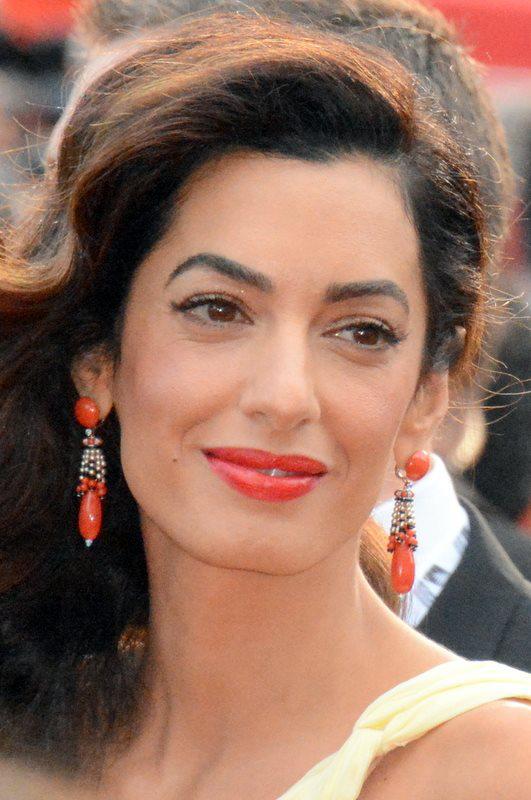Media must monitor sexism within celebrity coverage
Photo Courtesy of Georges Biard
Portrait of Amal Clooney.
Mar 14, 2017
 Amy Poehler and Tina Fey foretold the future two years ago in January when they presented George Clooney with a lifetime achievement award at the 2015 Golden Globes.
Amy Poehler and Tina Fey foretold the future two years ago in January when they presented George Clooney with a lifetime achievement award at the 2015 Golden Globes.
Clooney and Amal Alamuddin, the highly accomplished human rights lawyer who recently married Clooney, were the “it couple” of the evening.
However, rather than being lauded for her many humanitarian achievements, Amal Clooney, who took George’s last name, was portrayed in the media mainly as the beautiful spouse of her more-accomplished husband.
Amal Clooney is a “human rights lawyer who worked on the Enron case, an adviser to Kofi Annan on Syria and was appointed to a three-person commission investigating rules of war violations in the Gaza strip,” Fey said during the ceremony. “So tonight her husband is getting a lifetime achievement award.”
Fey’s tongue-in-cheek remark received rapturous applause from the audience, including from George Clooney himself, who seemed eager to acknowledge the insignificance of the acting award in the face of his wife’s more meaningful accomplishments.
Get The Daily Illini in your inbox!
This sort of coverage surrounding Amal Clooney is not unique to her celebrity relationship.
Female celebrities are almost exclusively written about today in regards to their fashion choices or physical appearance. It’s an outdated and lazy practice that chooses to ignore the fact that women could have accomplishments separate from their bodies.
The intersection between a woman’s body and her career is never more apparent than when she is pregnant.
Last month, news broke that Amal Clooney was pregnant with twins, and everyone went wild. Almost immediately, the media broke out its traditional baby watch: Everything she wore and every movement she made was tied back to the fact that she’s pregnant with a very famous actor’s children.
Things came to a head on Thursday when Amal Clooney gave a speech at the United Nations, urging its members to take legal action against the atrocities committed by ISIS.
Rather than focusing on the context of Amal Clooney’s speech, Time Magazine tweeted an article with the accompanying caption: “Amal Clooney shows off her baby bump at the United Nations.”
In the face of public backlash, Time Magazine’s article has since been updated to remove mention of Amal Clooney’s maternity style during her speech.
Time Magazine was widely — and deservedly — mocked for the publication’s decision to ignore Clooney’s message in favor of the status of her uterus.
“No, Amal Clooney Wasn’t ‘Showing Off Her Baby Bump’ at the UN,” the Huffington Post reported.
“A lawyer named Amal Clooney gave a powerful speech at the U.N. Some only saw her baby bump,” the Washington Post said.
Placing all of the blame on Time Magazine for its vapid reporting of Clooney is unfair, of course. More and more media outlets are participating in this type of coverage.
Likewise, the sexism of this type of reporting, casual as it may seem, does not apply only to Amal Clooney. At every level of society, women are rarely covered by the media in a way that highlights their accomplishments beyond the superficial.
A lot has been written in recent months about how important it will be for the media to step up the quality of its reporting. In the face of a White House administration that perpetuates stereotypes and falsehoods of people on a daily basis, the media must be vigilant in monitoring its own sexism as well.
Jessie is a senior in Media.






